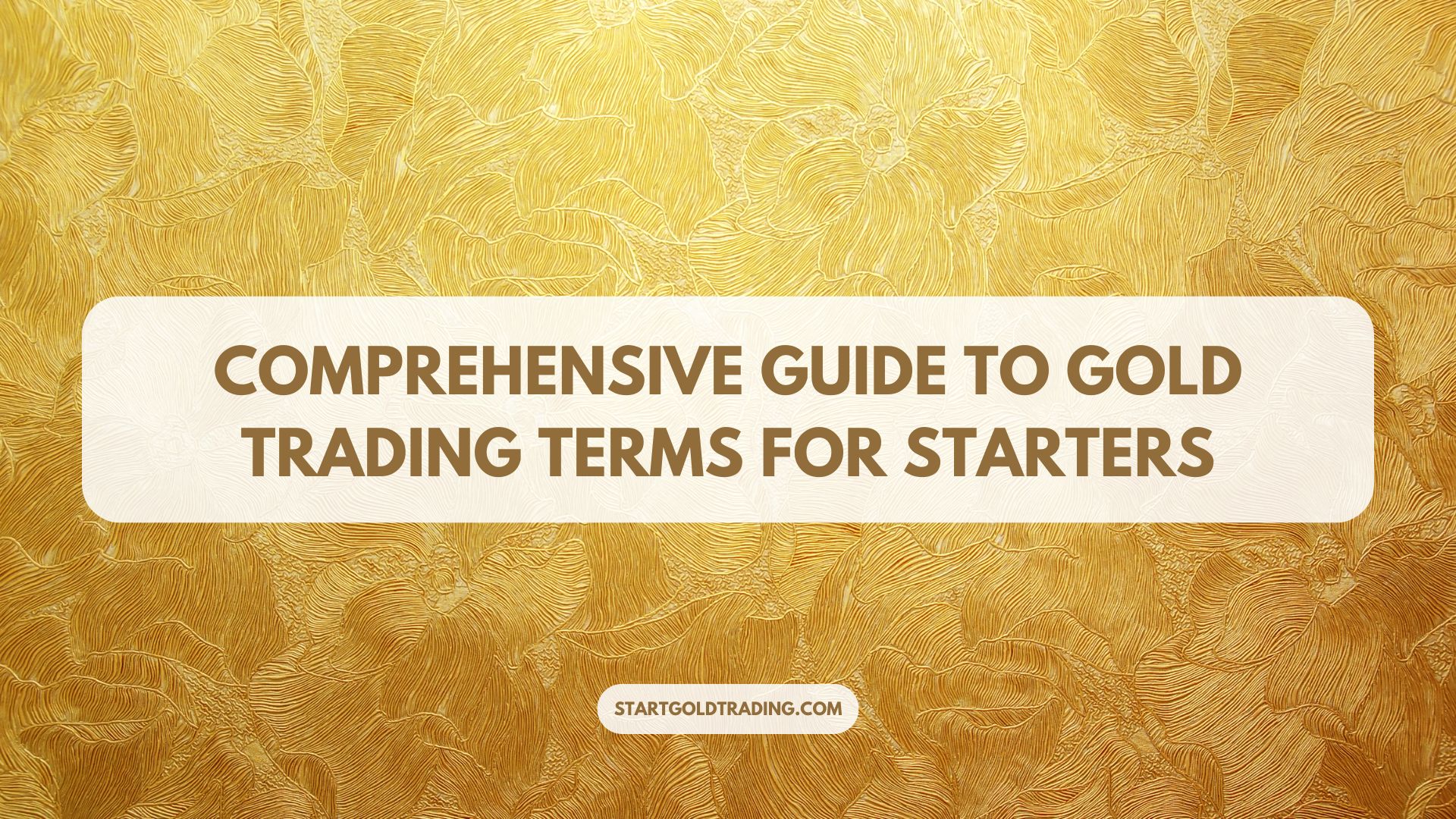Gold trading can be complex, especially for beginners unfamiliar with industry terminology. Understanding common terms, contract specifications, and market interpretation techniques is crucial for making informed decisions. This guide provides a detailed glossary, contract explanations, and strategies for reading the market to help you navigate the world of gold trading.
1. Glossary of Terms: Common Jargon in Gold Trading
Here are some essential terms every gold trader should know:
Key Gold Trading Terms
| Term | Definition |
|---|---|
| Spot Price | The current market price of gold for immediate delivery. |
| Futures Contract | A legal agreement to buy or sell gold at a predetermined price on a future date. |
| Spread | The difference between the bid (buy) and ask (sell) prices. |
| Leverage | The use of borrowed capital to increase trading position size. |
| Margin | The minimum deposit required to open a leveraged trading position. |
| Pip | The smallest price movement in gold trading, often measured in dollars per ounce. |
| Hedging | A strategy to offset potential losses by taking an opposite position in another market. |
| Safe-Haven Asset | An investment that retains value during times of economic uncertainty. |
By mastering these terms, traders can communicate effectively and make better trading decisions.
2. Contract Specifications: Understanding Gold Trading Contracts
Gold trading involves different types of contracts with specific details regarding price, size, and settlement terms.
Types of Gold Trading Contracts
| Contract Type | Description |
| Spot Contracts | Immediate purchase/sale of gold at market price. |
| Futures Contracts | Agreements to trade gold at a predetermined price on a future date. |
| Options Contracts | Grants the right, but not the obligation, to buy/sell gold at a set price before expiration. |
| CFDs (Contracts for Difference) | Allows traders to speculate on gold’s price movement without owning physical gold. |
Key Gold Contract Specifications
- Contract Size: Standard futures contracts are typically 100 troy ounces.
- Tick Size: The minimum price fluctuation, often $0.10 per ounce.
- Settlement Type: Some contracts settle in cash, while others involve physical delivery.
- Trading Hours: Varies by exchange, with major markets including COMEX, LBMA, and Shanghai Gold Exchange.
Understanding these specifications helps traders choose the right contract type based on their strategy.
3. Reading the Market: Interpreting Sentiment from Data & News
Market sentiment plays a crucial role in gold price movements. Learning to analyze trading data and news can give traders a competitive edge.
Key Indicators for Market Sentiment Analysis
| Indicator | Impact on Gold Prices |
| Interest Rates | Higher rates reduce gold’s appeal; lower rates increase demand. |
| Inflation Rates | Rising inflation boosts gold as a hedge. |
| USD Strength | A stronger dollar weakens gold prices; a weaker USD boosts them. |
| Economic Reports | Job data, GDP growth, and manufacturing reports influence gold prices. |
| Geopolitical Events | Political instability increases gold demand as a safe-haven asset. |
How to Read Market Sentiment
- Follow Financial News: Stay updated with Bloomberg, Reuters, and central bank announcements.
- Analyze Charts: Use technical indicators like moving averages, RSI, and Bollinger Bands.
- Monitor Trading Volume: High volume near key price levels can signal breakouts or reversals.
- Observe Gold ETF Flows: Increasing ETF holdings indicate rising investment interest in gold.
Conclusion
Gold trading requires a strong foundation in terminology, contract specifications, and market sentiment analysis. By understanding key trading terms, choosing the right contracts, and interpreting economic indicators effectively, beginners can navigate the gold market with confidence.
🚀 Ready to start trading gold? Master these essential concepts and refine your trading strategy today!

